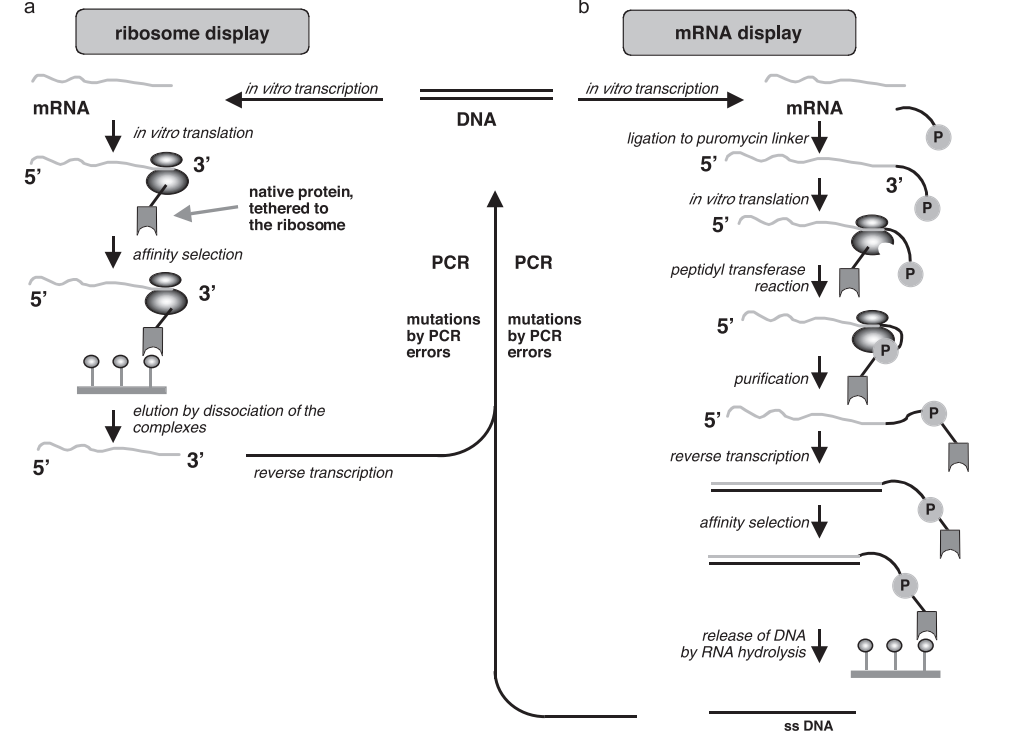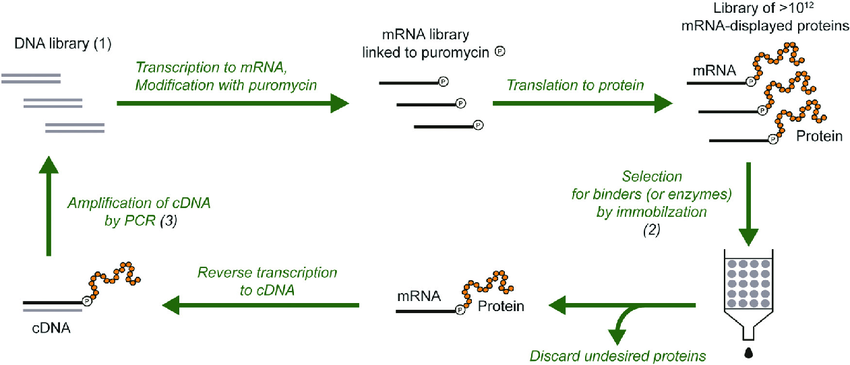Introduction
The world of non-coding RNAs has sparked considerable interest within the scientific community due to their influential role in the regulation of gene expression. Among these non-coding RNAs, siRNA (small interfering RNA) and miRNA (microRNA) have stood out, attracting significant attention from researchers worldwide. Both these RNA molecules are involved in an important biological process known as RNA interference, yet they exhibit distinct differences in function, structure, and impact on biological processes. This blog post aims to delve deeper into the unique characteristics, differences, and roles of siRNA and miRNA, offering a comprehensive understanding of these critical non-coding RNA molecules.

Defining siRNA and miRNA
siRNA and miRNA are two distinct types of non-coding RNA molecules that play critical roles in gene regulation. siRNA is a double-stranded molecule that is integral to the RNA interference (RNAi) pathway. Its primary role is to inhibit the expression of specific genes, thereby playing a crucial role in preventing the synthesis of certain proteins.
miRNA, on the other hand, is a single-stranded molecule that also participates in the RNA interference pathway. It plays a unique role in regulating gene expression by specifically binding to the 3′ untranslated region of target mRNAs.
Related Services
Custom siRNA Synthesis
Custom RNA oligos synthesis
Custom miRNA synthesis
Role in the Regulation of Gene Expression
siRNA and miRNA, despite being types of non-coding RNA, play significant roles in the regulation of gene expression. siRNA molecules function by silencing a particular gene. They achieve this by cleaving mRNA molecules, which prevents these molecules from serving as templates for protein synthesis. This process essentially blocks the production of specific proteins, thereby playing a crucial role in controlling protein synthesis.
In contrast, miRNA molecules regulate gene expression post-transcriptionally. They do this either by inhibiting the translation process or by promoting the degradation of mRNA molecules. Unlike siRNA, miRNA has the capability to regulate multiple genes at once, providing a mechanism for coordinated control of cellular activities. This ability allows miRNA to regulate a broad array of biological processes and cellular functions.
Impact on mRNA Degradation and Biological Processes
siRNA and miRNA also exhibit significant differences in their impact on mRNA degradation and biological processes. siRNA molecules have the ability to bind to mRNA molecules and guide their degradation. This process prevents the mRNA from being translated into proteins, thereby inhibiting the expression of the corresponding gene.
miRNA molecules, however, bind to the 3′ untranslated region of target mRNAs. This interaction can either result in the degradation of the mRNA molecule or inhibit its translation into a protein. The choice between degradation and translation inhibition depends on various factors and is a subject of ongoing research.
Furthermore, miRNA molecules, due to their ability to regulate multiple genes simultaneously, have the ability to coordinate complex biological processes. They play vital roles in a variety of biological processes, including development, differentiation, growth control, and apoptosis, among others.
Conclusion
While siRNA and miRNA are both involved in RNA interference, they possess unique characteristics and perform distinct functions. The in-depth understanding of these non-coding RNAs is pivotal in the study of gene regulation and holds promise for the development of new therapeutic strategies. Their ability to regulate gene expression and coordinate complex biological processes underscores their importance in our genomic machinery. It is clear that further research into these fascinating RNA molecules will continue to shed light on their roles and potential applications in the field of biotechnology and medicine.









